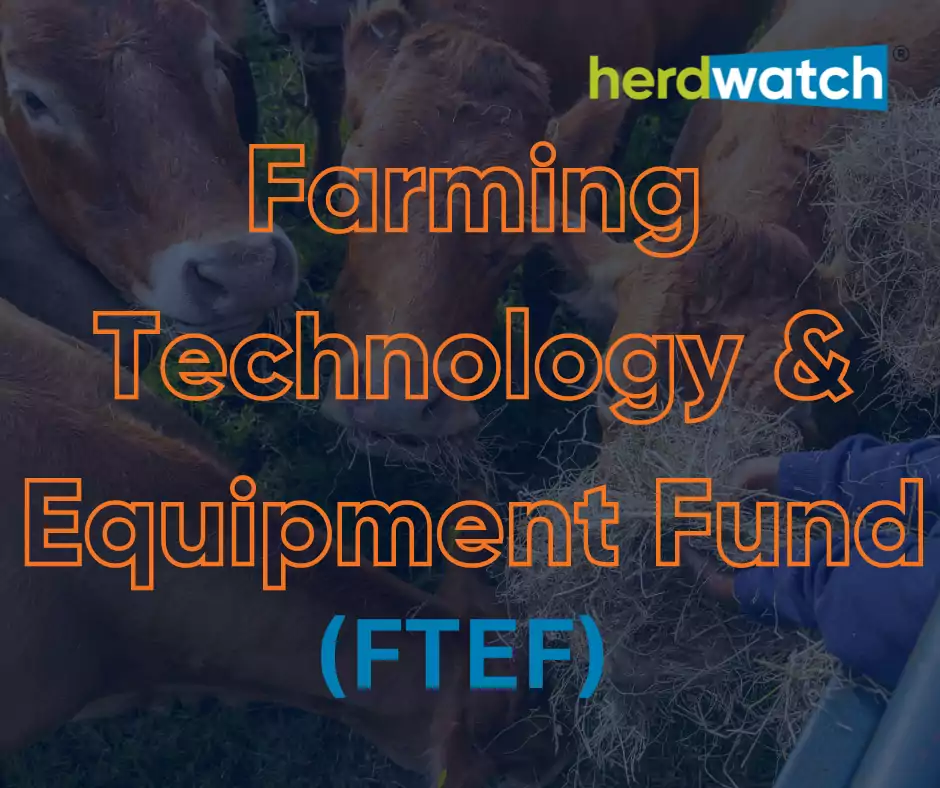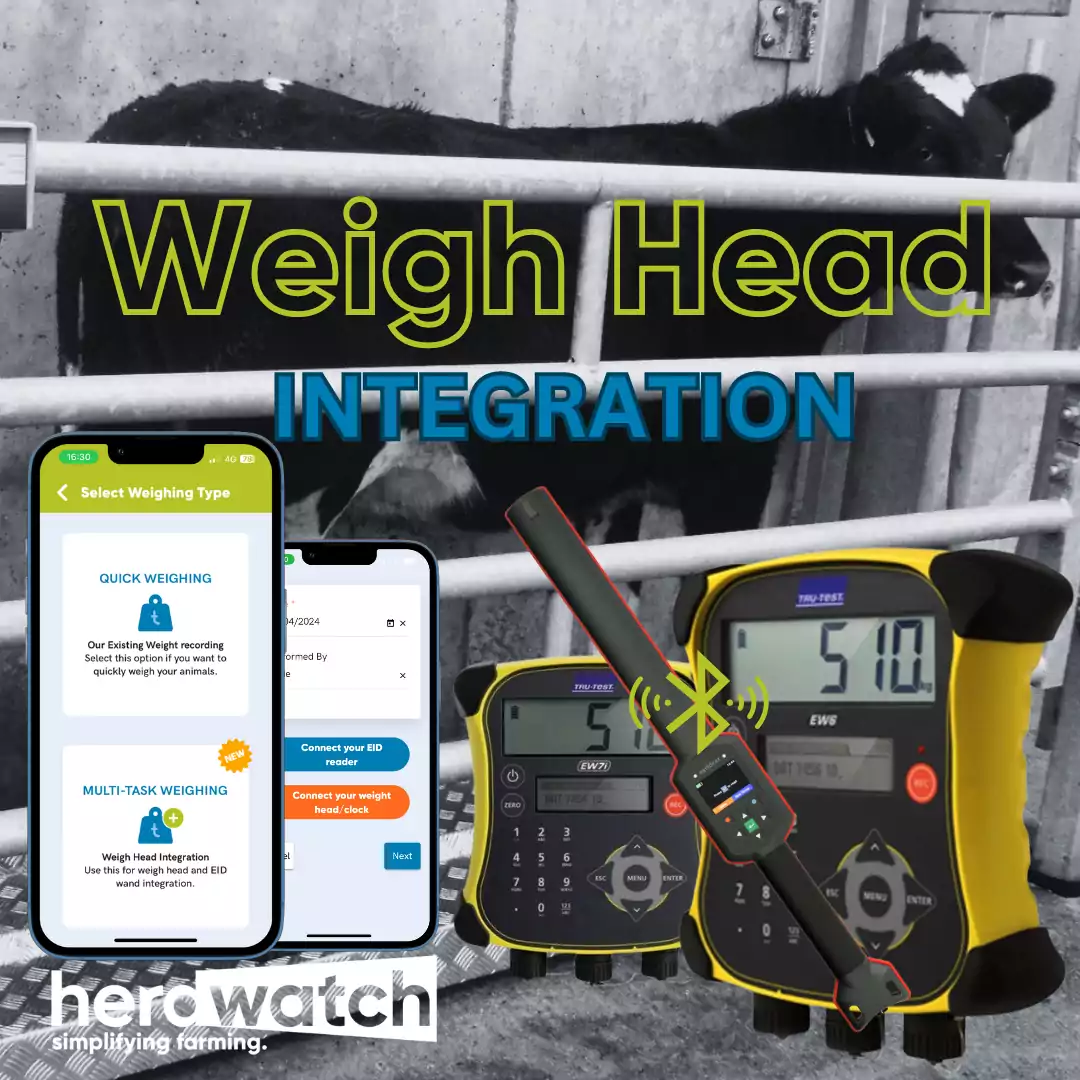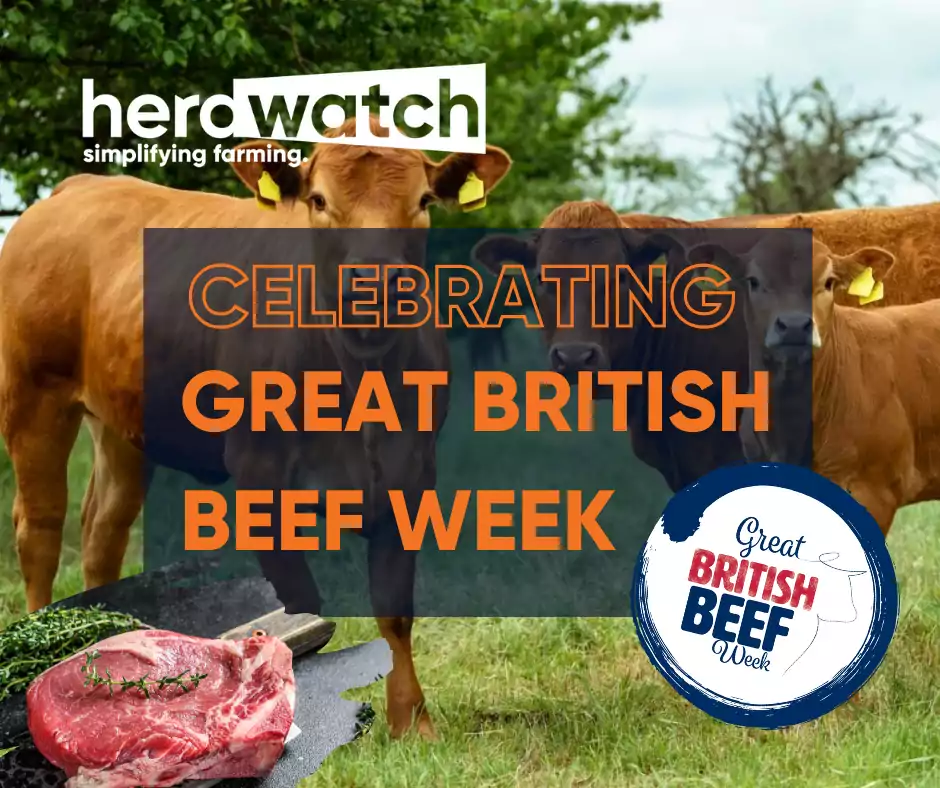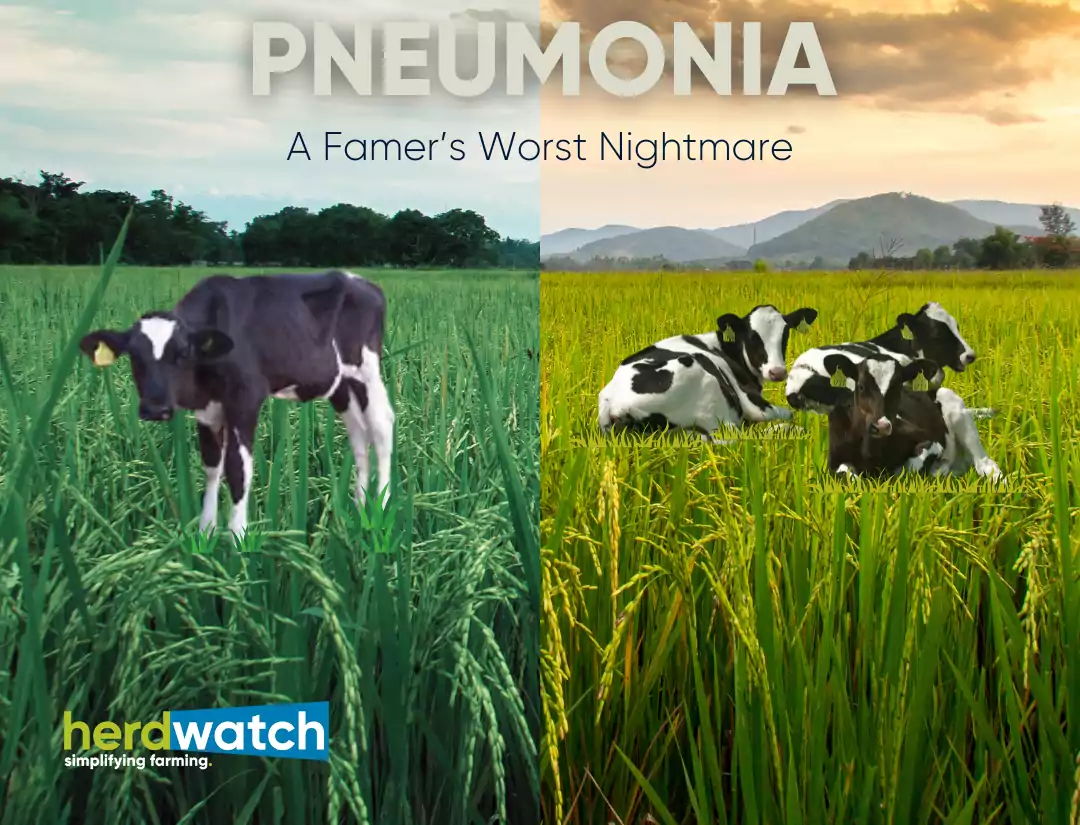Spring Calving Series – Staying Safe on the Farm

Spring calving has begun, or is about to begin across Ireland and the UK, staying safe on farm is of utmost importance. In this article we look at some of the risks that may be encountered this Spring and ways you can stay safe during the busy calving season.
The Importance of Safety on Farm
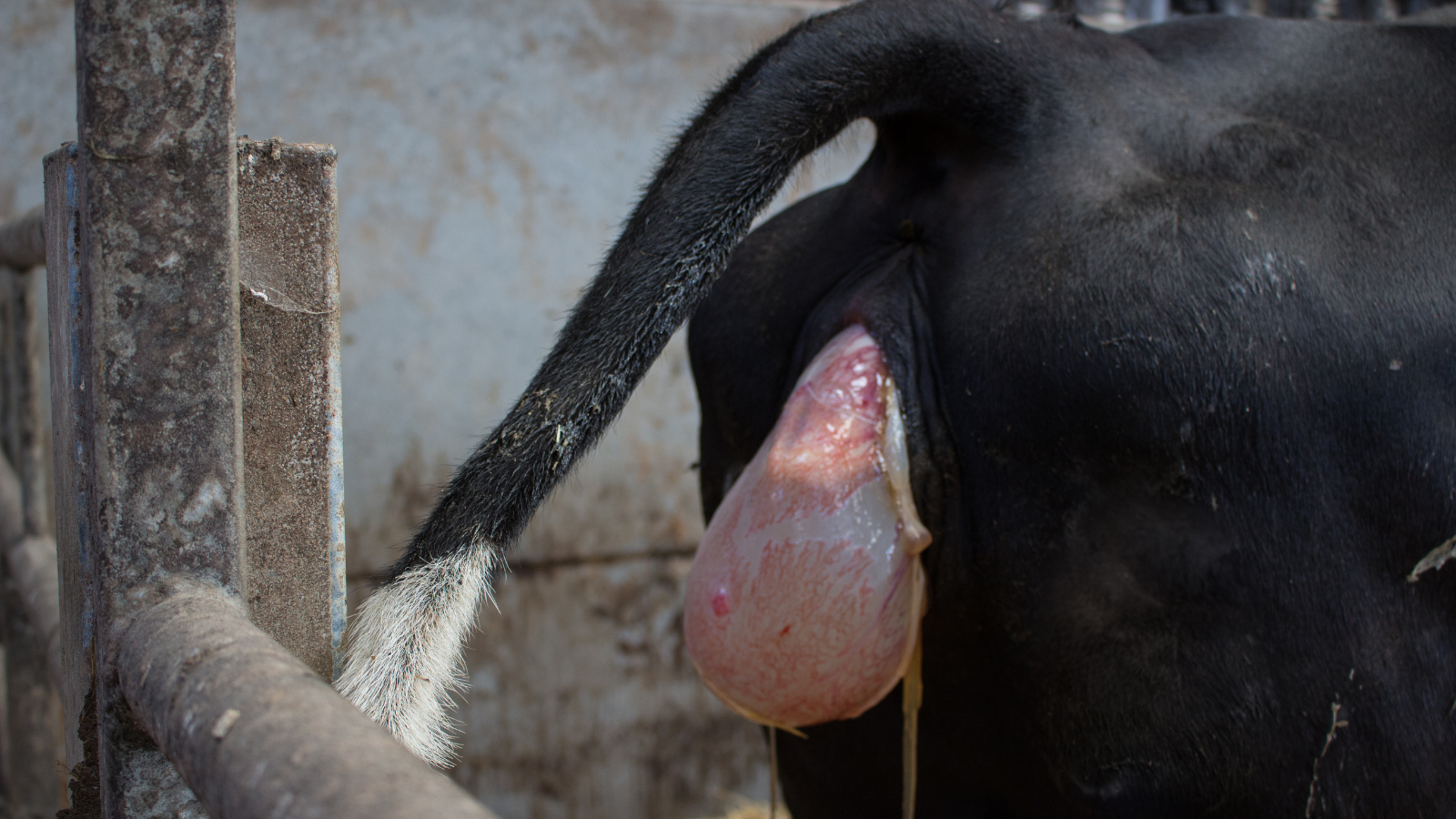
Animal handling can potentially be a very hazardous and devastating task if not performed with the most upmost care, attention & with the correct safety measures in place.
It’s important to note that the majority of accidents happen on farms are preventable. Farmers and farm workers can take steps to protect themselves, their family and their employees by identifying hazards, implementing safety measures, and training employees on safe work practices.
A large aspect of spring-time for cattle farmers includes handling of calving cows and the care of young newborn calves. In order to minimize the risk of accidents and injuries on farm, it’s essential for farmers to take a proactive approach to safety and to be aware of the specific hazards associated with springtime activities.
In an Emergency
-2.png)
It is crucial for farmers to have an emergency plan in place for dealing with accidents or injuries, and to be familiar with the steps that need to be taken in the event of an emergency. This is also true for fires, power outages, or other natural disasters e.g. storms. Be prepared and ensure you have a first aid kit on hand and know how to use it. Accidents and injuries can happen at any time, and having a first aid kit readily available can mean the difference between minor and major injuries. Additionally, farmers should keep the first aid kit well stocked and should have a plan for dealing with emergencies as well as having emergency contact information readily available.
PRO TIP: Keep your phone fully charged and have your postcode visible on farm. In the event of an accident you will be able to call for help and if someone finds you they will be able to provide your postcode to emergency services.
It’s always recommended to consult with the correct health and safety governing body (HSA in Ireland or the HSE in the United Kingdom and Northern Ireland), and other relevant organizations for the latest and specific safety measures and guidelines in relation to Springtime related hazards.
Livestock Handling and Facilities
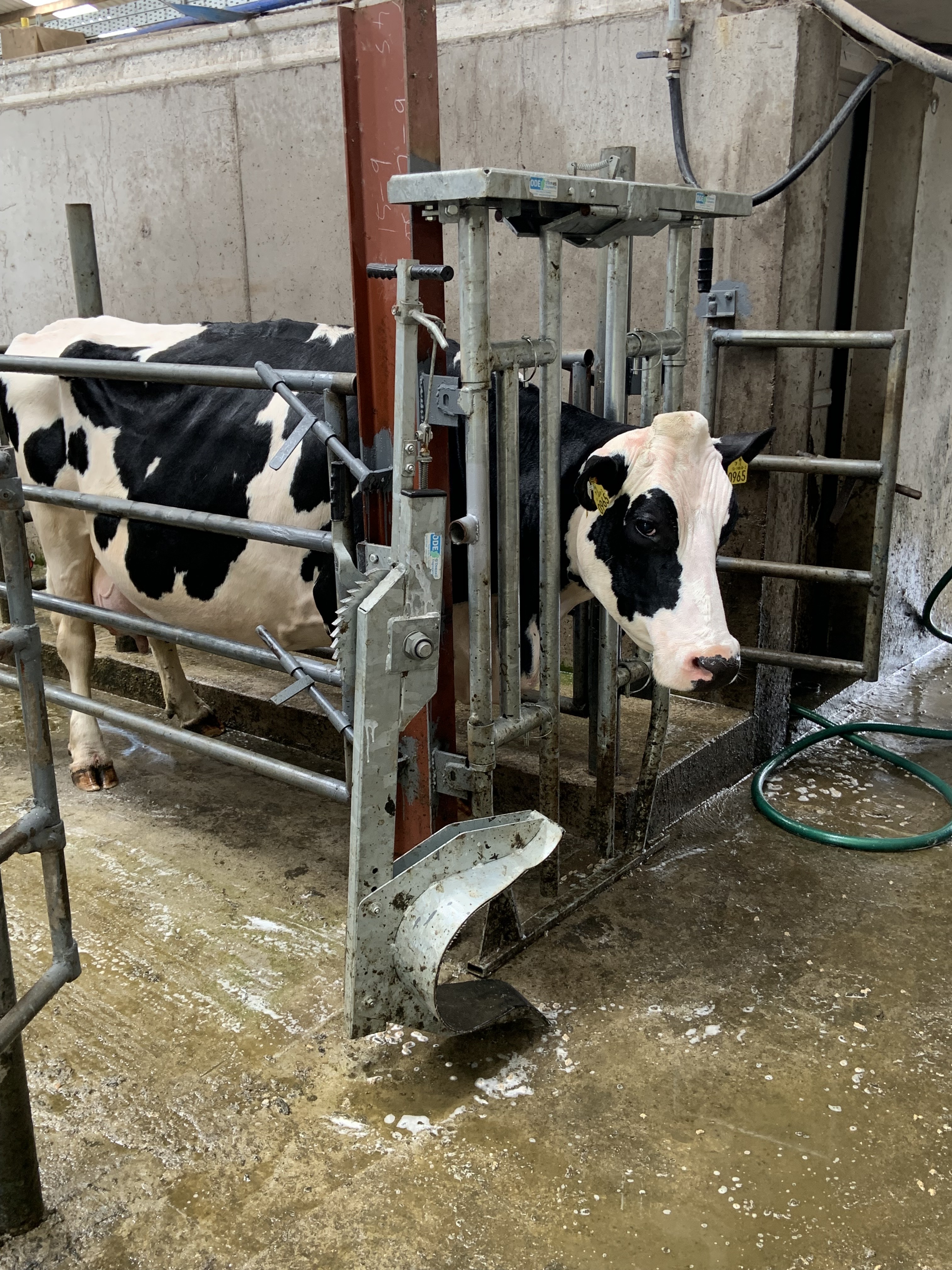 Heifers and cows can both be unpredictable at calving, in particular dairy heifers and some beef breeds. A cow is said to be at her most dangerous when calving, as her maternal instincts as a prey animal are stimulated. Coupled with this farmers, often working around the clock are tired and less able to react quickly. If calving a cow, be sure to use adequate handling facilities. A headlock and a calving gate is recommended, especially if you have to assist cows with calving on your own. Keep the area sanitized and all calving equipment such as ropes, gloves, lubricant and if necessary a calving jack in good working order,. They should also be kept clean and in a safe tidy location.
Heifers and cows can both be unpredictable at calving, in particular dairy heifers and some beef breeds. A cow is said to be at her most dangerous when calving, as her maternal instincts as a prey animal are stimulated. Coupled with this farmers, often working around the clock are tired and less able to react quickly. If calving a cow, be sure to use adequate handling facilities. A headlock and a calving gate is recommended, especially if you have to assist cows with calving on your own. Keep the area sanitized and all calving equipment such as ropes, gloves, lubricant and if necessary a calving jack in good working order,. They should also be kept clean and in a safe tidy location.
PRO TIP: Keep calving areas and calf pens organised. Stack buckets safely, maintain equipment, remove trip hazards and ensure you have adequate lighting.

Ensure you have an adequate number of calving pens dependent on your calving pattern. Ideally a cow should be moved to an individual pen in the early stages of labour. This to prevent injury from other cows which can occur if low ranking cows are placed in the same pen as a higher ranking cow (in herd hierarchy). Another important aspect of farm safety during spring calving is to keep the calving area clean and sanitized.
This creates a safer environment for both cows and humans reducing the likelihood of trip hazards. Also ensure all calving pen gates are secured and that there is a safety gate to exit if a cow does become agitated.
Tips for Safe Spring Calving
- Don’t be afraid to ask for help either from a neighbour or vet. Don’t put yourself at risk, especially if on your own with a difficult cow or heifer.
- Know your limitations, if the season has been long, you will be tired and you may not be able to react to an emergency as quickly as normal.
- Evaluate the situation for danger before you enter it and adjust accordingly i.e. is there other cows in the pen that could be moved first.
- Make sure the calving gate is operating properly and that the cow is secured before you put yourself in the vulnerable position for assisting behind the cow. If the cow breaks free she will go backwards and this can be dangerous for you and the calf.
- Make sure calving equipment is fit for purpose and maintained.
- Don’t allow dogs or children into the calving area, they can be identified by a calving cow as a threat.
- Invest in a calving camera-nowadays they are reasonably inexpensive and are a safe alternative to entering the pen with the calving cow to monitor the stage of labour.
- Remember there is no such thing as a quiet cow, be mindful of your surroundings at all times as even the pet cow can behave differently during calving.
- Rest and fuel yourself adequately, it can be a long demanding season so take every opportunity to recuperate when you can.
Remember, Spring calving is a busy and demanding time and it’s important that you take steps to ensure the safety of both you and your livestock.
.png)
How can Herdwatch Help with Spring Calving
Herdwatch can help you take the hassle out of dealing with paperwork this Spring, with quick and easy calf registration, in as little as 30 seconds! It’s as simple as:
